Every year, the Črnuška gmajna housing group participates in a youth exchange as part of the Erasmus + program. This year, the youth exchange was hosted by the Euniors ISE organization from Hungary, which, in addition to Slovenia, also hosted Poland and Portugal.
The purpose of Erasmus + youth exchanges is to enable young people from different countries to meet and spend time together and participate in joint projects. Activities in which young people take part in exchanges usually include workshops, exercises, discussions, role-playing, external activities and more. The learning experiences of participants in youth exchanges are recognized with a Youthpass certificate. It is a document that proves that the recipient has acquired certain competencies and skills. The full costs of the project are covered by the EU.
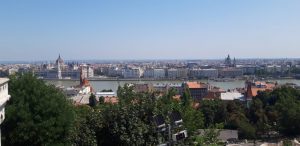
On 14 August 2021, our group took a van to the town of Vác in Hungary. All participants (mentors and adolescents) stayed in the dormitory there. Soon after our arrival, we played cognitive games and got to know and get closer so quickly.
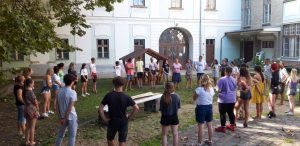
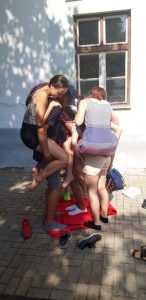
The main theme of the whole exchange entitled Shapes Of Water was water. We made short films on the topic of water in small groups. Kito, one of the organizers of the exchange, helped us with editing the videos, and we did the rest of the work in groups. At the end, we watched the films of all the groups together with the guests and laughed at them. During the exchange, we also performed chemical experiments in connection with water and measured its properties (pH value, hardness…). At the Váca center, we distributed leaflets to raise awareness about water saving and pollution. There we also prepared an exhibition featuring our photos of the water we took on the first day. In order to get to know each other better, the participants of each of the countries prepared a presentation of their country one evening. Our evening included a presentation of the country, presentation films, dancing on Avsenik’s Golica, quizzes and a tasting of local food. We offered Carniolan sausage, Šumi bonbone, Cockto, Poli salami, chocolate and Gorenjka rolls and many other Slovenian delicacies. After the presentation, we also played songs that we danced to. The presentations of other countries were also very varied and interesting, we ate passion fruit and pineapples from the Azores, danced the Polish folk dance, etc.
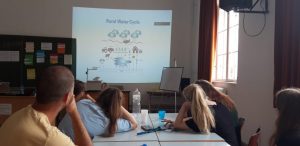
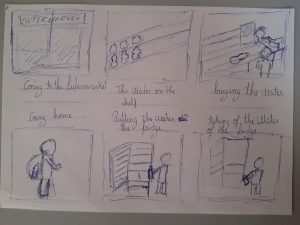
One day was dedicated to a trip to Budapest, where we went by train. Together we walked to the foot of the hill and divided into 4 groups. Each group had to come to the castle there with the help of hints. We then had a choice of either a trip to Margaret Island or a walk to Parliament, and then we went to the mall together. When we got back to Vác by train, it was already evening and we had free time until the morning. Some decided to go to bed, others hung out in the yard, played cards, walked around the center or were outside by the Danube and listened to songs played to us by one of the participants from Hungary. The next day we were not only along the Danube but also in it! With boats that were similar to canoes and were called Dragon boat, we sailed to a smaller beach where we swam.
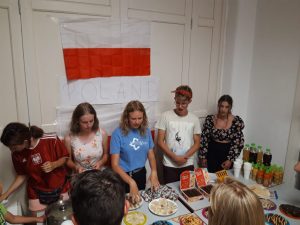
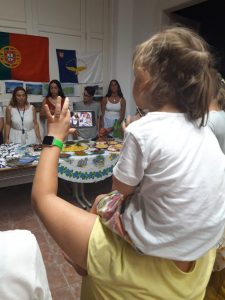
We were disappointed only with the food provided to us. We ate sandwiches every day for breakfast and risotto for lunch and dinner. The advantages of the exchange were that we socialized a lot and met new people, different cultures, languages, food. It was also good that we got to know the water issues of other countries, spoke English and practiced our skills.
Finally, some of our statements and impressions:
“I spoke more English today than I speak Slovenian at home. I also listened to some Hungarian songs. “
“I met new people, was outside the comfort zone several times and learned a new sentence in Portuguese.”
“I learned to use the new app, learned about the history of the city and danced the streets.”
“I communicated more with others, solved personal problems independently and exceeded personal boundaries.”
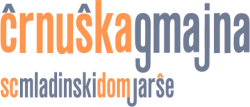

Recent Comments